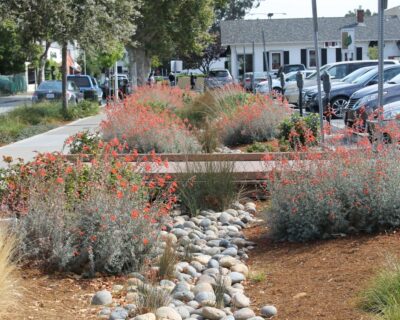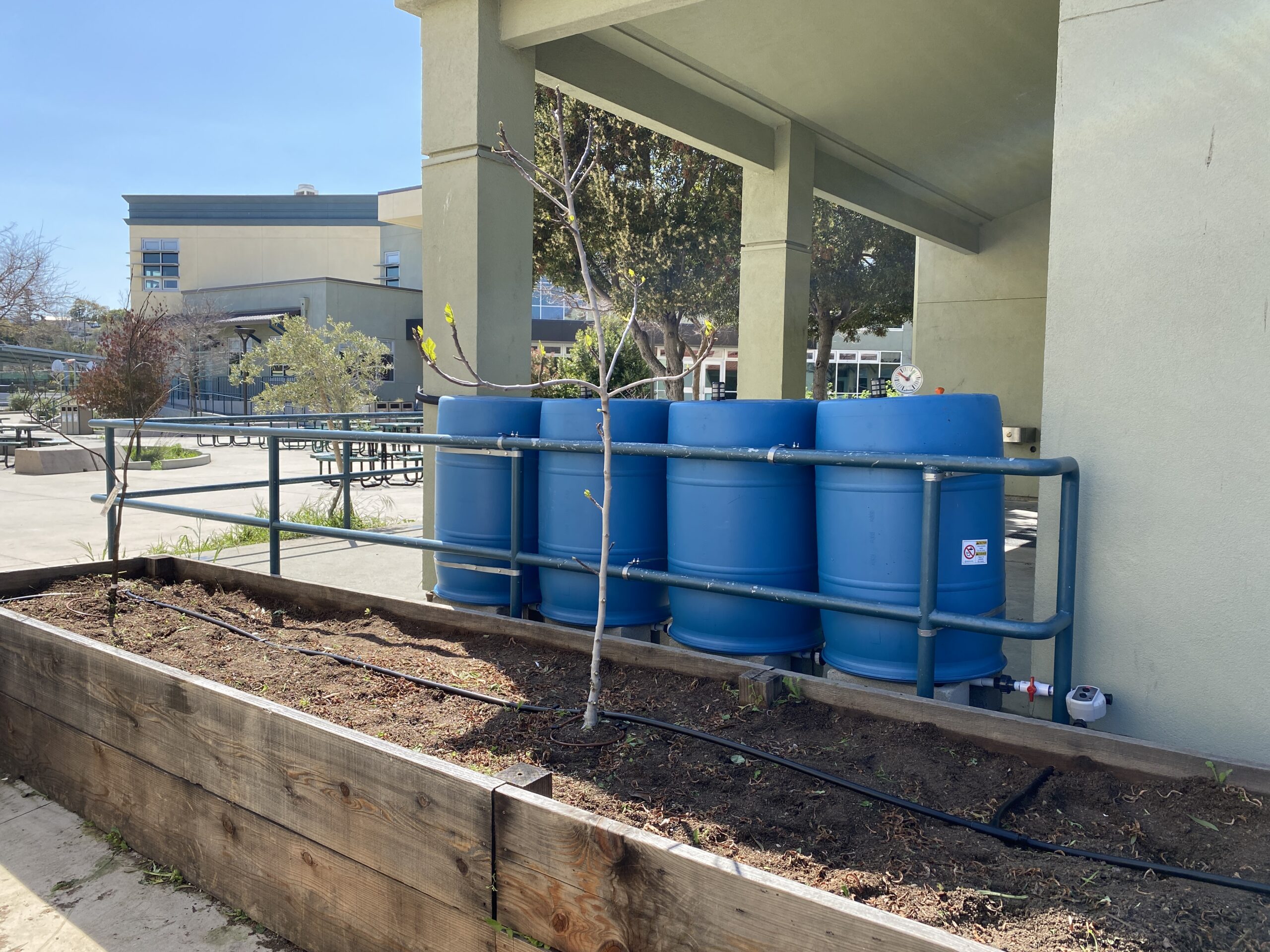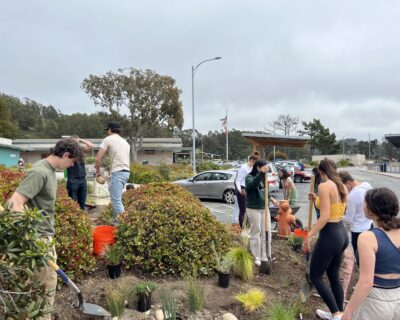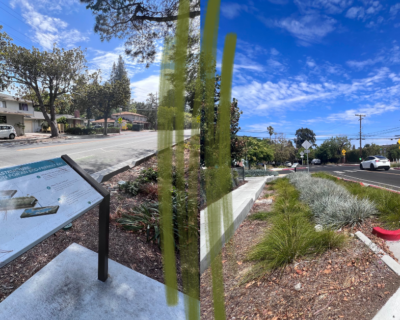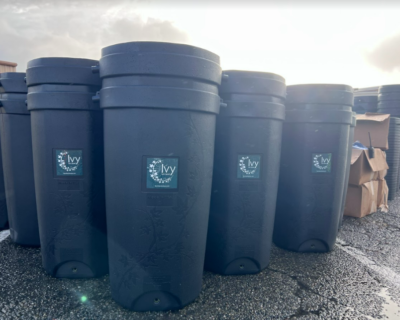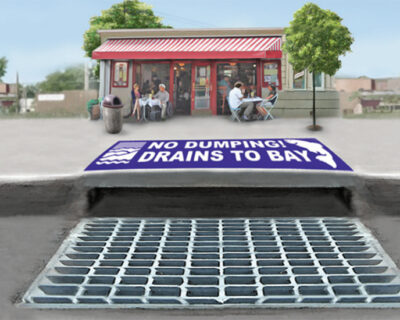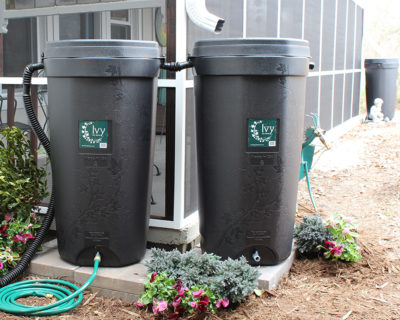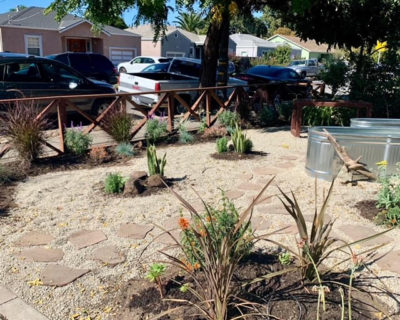Pop quiz, hot shot! Test your knowledge of pesticides and their effects on our community. Answers and quiz winner are announced below!
Question #1: True or False: Pesticides only target bad insects in the garden and leave the other bugs alone.
Question #2: What percentage of the insects in your garden are “pests?” (pests = insects that hurt, damage, destroy, or make us or animals sick)
Is it less than 2%, 10%, 25%, 50%, or 80%?
Question #3: How many aphids (a pest) can a ladybug eat in its lifetime?
Is it 800-1200, 2000, or 5000?
Question #4: True or False: In California, reports of pesticides applied for “agricultural use” include golf courses and cemeteries.
Question #5: How many pounds of pesticides were reportedly used in California in 2016?
Is it 75 million lbs (2 lbs/person), 209 million lbs (5 lbs/person), or 1 billion lbs (25 lbs/person)?
Question #6: True or False: Bifenthrin (a common ingredient in some over-the-counter pesticides) is toxic to aquatic life at 4 parts per trillion. (That’s like 4 square feet of tile on a kitchen floor the size of Indiana.)
Question #1: True or False: Pesticides only target bad insects in the garden and leave the other bugs alone.
Answer: False, pesticides do not discriminate!
While you may mean to target a single garden bug that’s being a nuisance, pesticides can have a negative effect on many of the beneficial organisms that make your soil and water healthy. Food chains and water movement spread pesticides far and wide, amplifying their effects on the environment. In addition to killing good bacteria, worms, ants, beetles and other pollinators, the longer a pesticide persists in the environment, the further it may travel up the food chain. A chemical that was initially applied to a plant can quickly move through the body of a beetle to a bird or fish, and then to the things that eat them, like humans.
Question #2: What percentage of the insects in your garden are “pests?” (pests = insects that hurt, damage, destroy, or make us or animals sick)
Answer: Less than 2%. That’s a lot of good bugs that might be affected by your pesticides! Want to learn more about beneficial bugs? Read our 10 Most Wanted bugs In Your Garden Guide.
Question #3: How many aphids (a pest) can a ladybug eat in its lifetime?
Answer: 5,000! Lady bugs and other native species can serve as great alternatives to pesticides in your garden. Not only are these “biological controls” safe for your health, but there’s more for you to look at!
Question #4: True or False: In California, reports of pesticides applied for “agricultural use” include golf courses and cemeteries.
Answer: True. While most people think that agricultural use pertains to farmland, large stretches of grass such as golf courses and cemeteries also count. Something to think about the next time your teeing off at Peninsula Golf Club or visiting a dear departed at Union Cemetery.
Question #5: How many pounds of pesticides were reportedly used in California in 2016?
Answer: 209 million lbs, or about 5 lbs/person. If it were up to you, would you spread 5 pounds of pesticides on your food? More importantly, what happens to that pesticide when it rains or when you water your garden? More likely than not, those pesticides (along with anything else the water carries with it) find their way to the storm drain and into our creeks, streams, ocean and bay!
Question #6: True or False: Bifenthrin (a common ingredient in some over-the-counter pesticides) is toxic to aquatic life at 4 parts per trillion. (That’s like 4 square feet of tile on a kitchen floor the size of Indiana.)
Answer: True! That’s why it’s so important to avoid pesticide application when we can, and to closely manage pesticide use when they are necessary. A little pesticide goes a long way.
OUR FACEBOOK QUIZ WINNER IS ANNOUNCED!
Congratulations to Liz of San Mateo! Liz is the winner of our Fall Pesticide Quiz and Flows To Bay goodie bag. She got every single question correct!
Make sure to follow us on Facebook for more chances to enter and win one of our stormwater-friendly polls and quizzes.

